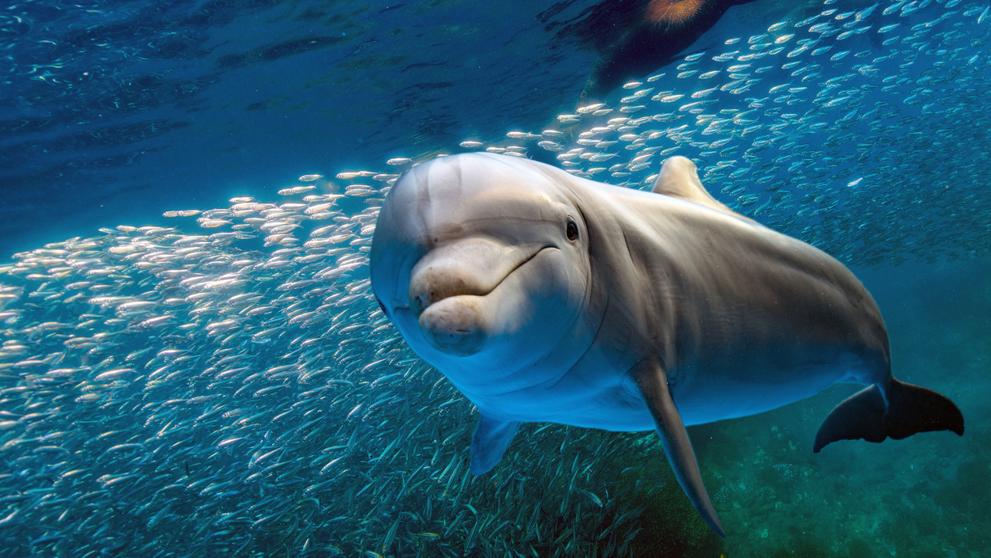By Melissa Bañuelos
Part I
We are used to dolphin faces in waterparks and aquariums, we watched the movie “Flipper”, we know how to draw a dolphin, we know how to identify it from sharks and other marine animals, but most of the time we are just talking about one type of dolphin called “the bottle nose dolphin”.
Contributing to the awesome variety of our Planet, there are different dolphin species: 37 types of oceanic dolphins, 4 river dolphins and 6 types of porpoises. In this article we will talk about the most common species and their main characteristics that will be useful to identify them. Next time you see a dolphin you will know which one of all the cousins is greeting you, probably it won’t be Flipper.
Atlantic Spotted Dolphin: The upper body of the Atlantic spotted dolphin is a dark gray color and they develop spots as they get older. They have a chunky beak with a white spot at the end.
Hump Backed Dolphin: They are generally gray with a lighter color along their underside. When they are young they don’t have a hump, but as they grow older the hump will appear infront of the dorsal fin. Sometimes the hump can be a third of the full body length.
Atlantic White-sided Dolphin: Black on the back, with dark grey lines and a long white oval blaze below the dorsal fin, above the blaze there is an ochre band and their belly is white. They have a black ring around the eyes.
